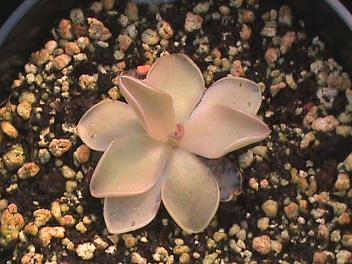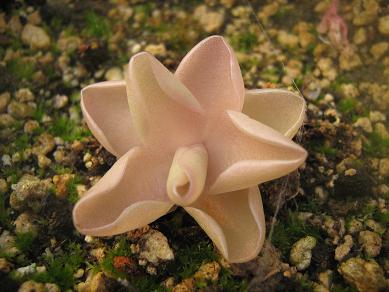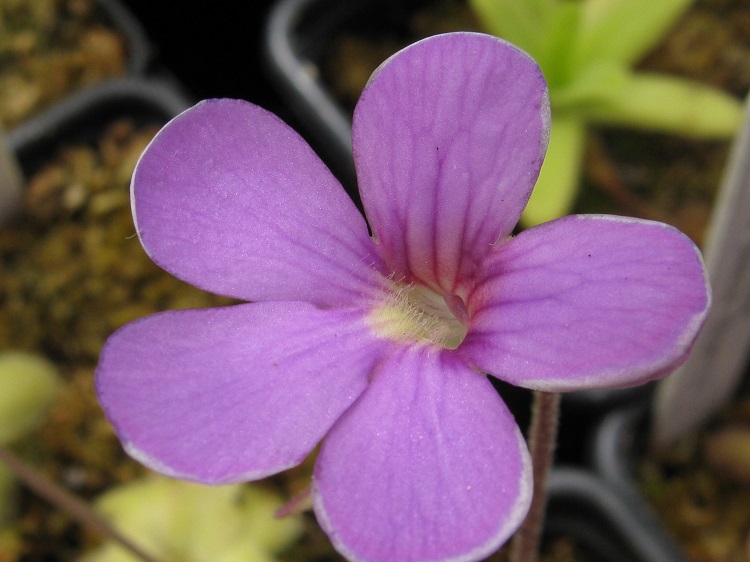 |
 |
 |
| 4th September 2007 | 28th September 2008 | 13th June 2010 |
| A seedliong from the cross P. agnata x P. (moranensis x ehlersae) with dark pink leaves when grown in good light. Raised by Leo Song from a cross made in October 1986 | Hasn't grown much during the year, and unfortunately it died during the winter in the greenhouse, when temperatures dropped to -5degC. I am not sure if the temperatures were the main problem, or if it was already rather feeble. | Plant grown by Dennis Balsdon. |